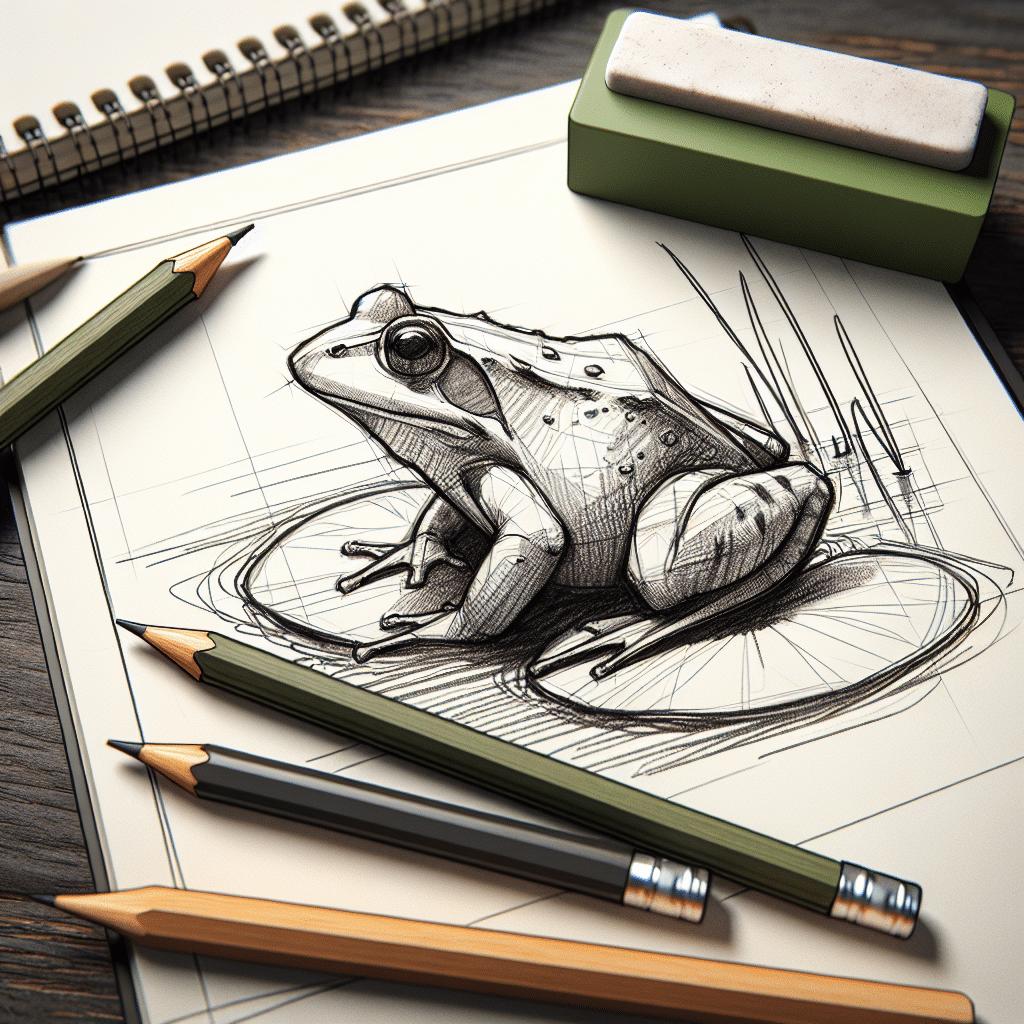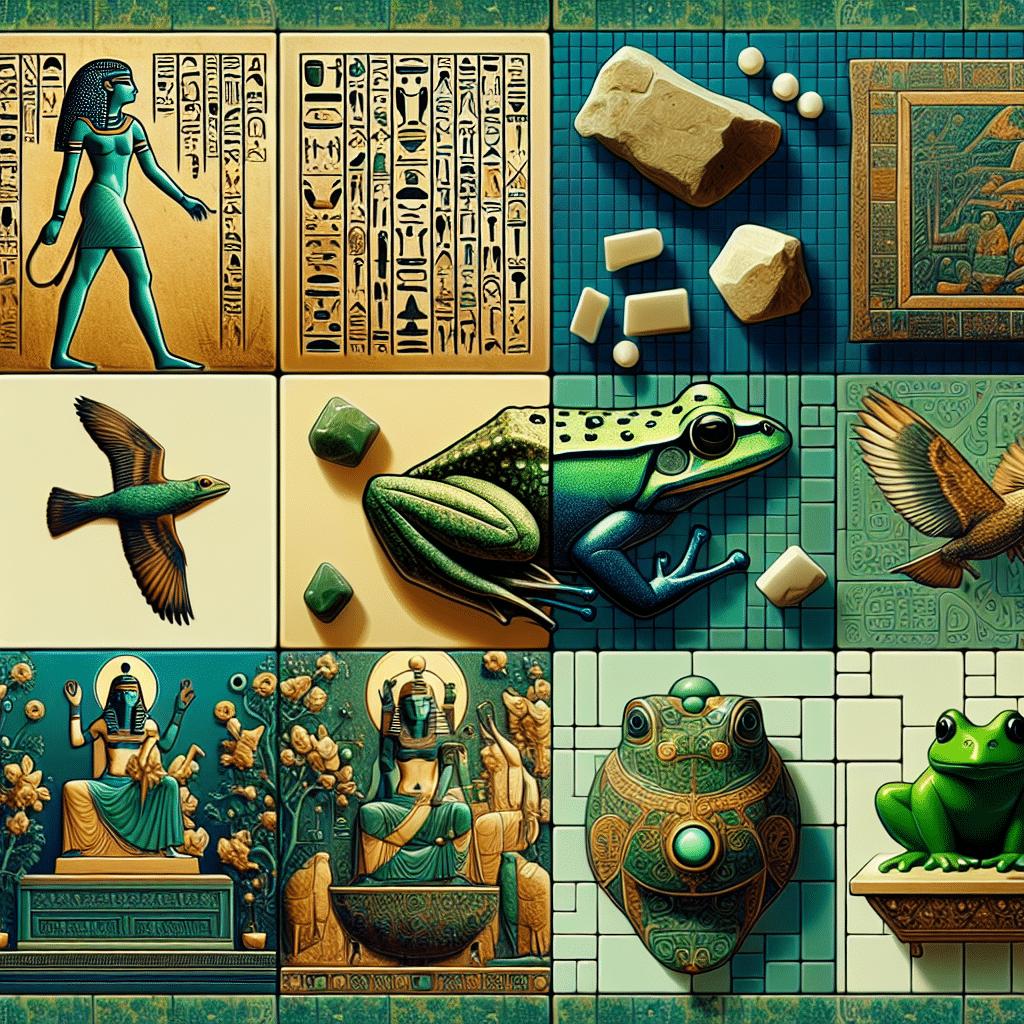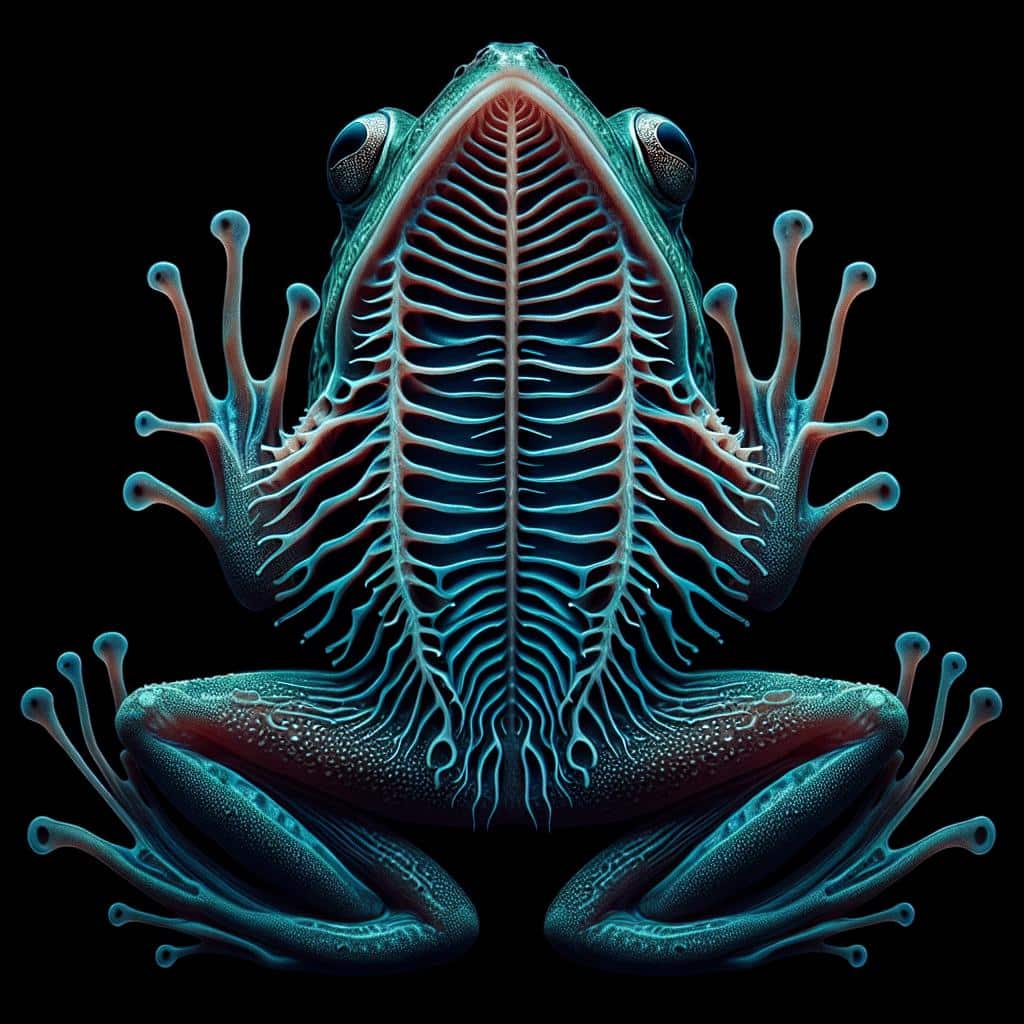Imagine stumbling upon a miniature world, where the tiniest frogs hop about their day. You’d probably wonder what these diminutive creatures munch on to fuel their minuscule muscles. Well, the diet of tiny frogs is as intriguing as their adorable hops. From ants and spiders to a banquet of other equally small insects, these little amphibians are connoisseurs of the insect world, showcasing a fascinating side of the ecosystem’s circle of life that often goes unnoticed. Join in on the discovery of what tiny frogs eat and prepare to be enchanted by the details of their pint-sized dining habits.

Understanding Tiny Frogs
Characteristics of Tiny Frogs
When you think about tiny frogs, you’re picturing those cute little creatures that can comfortably sit on a dime, right? These frogs often have bright, jewel-like colors and their diminutive size never ceases to enchant those lucky enough to spot them. Many of these species have adapted to specific environments, displaying unique features such as webbed feet, sticky toe pads, or camouflaged skin perfect for blending into their surroundings.
Natural Habitats
Tiny frogs flourish in a variety of ecosystems, you’ll find them in tropical rainforests, by the banks of creeks, in deserts and even in some suburban backyards, if conditions are right. Their habitats have everything they need to survive – plenty of hiding spots, suitable climate, and a constant food supply. They’re especially at home amid moist environments where their permeable skin can easily absorb necessary water.
The Importance of Diet
Just as with any living creature, diet plays a vital role for tiny frogs. Your diet determines your health, and for tiny frogs, it’s no different. A balanced intake of nutrients is essential for their survival, growth, and reproduction. Every meal is a battle against starvation, and for tiny predators like them, what they eat is a matter of life and death.
Dietary Basics of Tiny Frogs
Carnivorous Nature
Did you know that despite their size, tiny frogs follow a strictly carnivorous diet? That’s right, these little fellows need to hunt live prey to get their fill of nutrients. Even though their prey is small, it’s packed with essential proteins and minerals vital for their survival.
Common Misconceptions
You might think, because they’re so small, that tiny frogs could supplement their diet with plants or fruits, but that’s not the case. They lack the digestive system to process plant matter. It’s all about proteins and vitamins found in live insects and other invertebrates.
Feeding Frequency and Amount
While larger frogs might eat less frequently, these little guys need to eat more often due to their faster metabolism and smaller stomachs. You’ll typically see tiny frogs eating small amounts multiple times a day to keep their engines running.
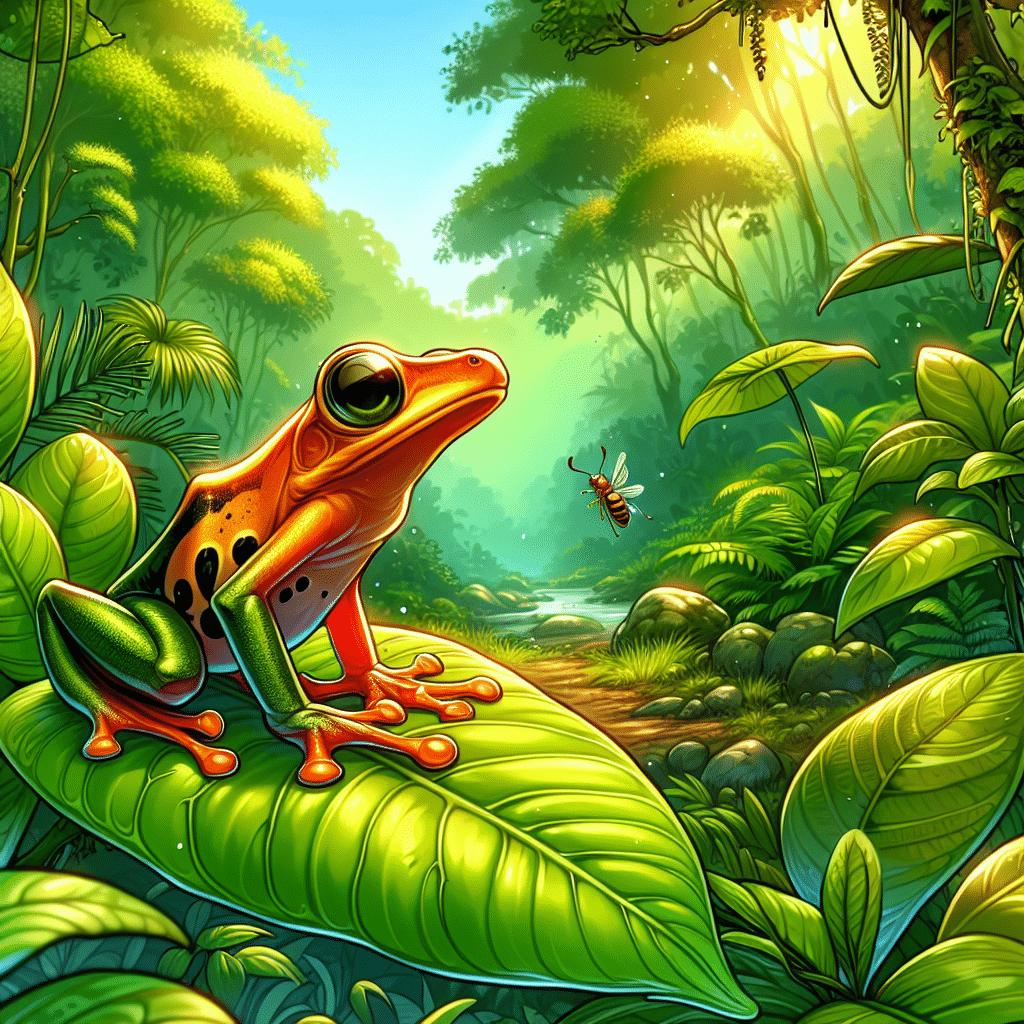
Insects and Arthropods
Ants and Termites
Ants and termites make perfect entrees for tiny frogs. These insects provide the right amount of fats and proteins necessary for a balanced diet. The social nature of these bugs means where you find one, you often find many, making them an efficient food source.
Small Beetles
Beetles, despite their tough exoskeletons, are another common meal. They come in a variety of sizes, which means tiny frogs can choose the ones that they can easily swallow.
Moths and Flies
Moths and flies are like the fast food of the frog world – easy to catch and found in abundance. They provide a good energy source, and catching them also helps tiny frogs to hone their hunting skills.
Tiny Frogs and Spider Diet
Hunting Techniques for Spiders
Hunting spiders can seem like a dangerous game, given their venomous bites, but tiny frogs have developed methods to safely capture and consume them. They wait patiently and then strike rapidly with their sticky tongues to catch unsuspecting spiders off guard.
Types of Spiders Eaten
You won’t find tiny frogs munching on tarantulas; the spiders in their diet are much smaller. They target juveniles or smaller species that pose little threat and are easier to overpower.
Nutritional Value of Spiders
Spiders, though risky to catch, provide a boost of protein and nutrients that can be advantageous for growth and development in tiny frogs.
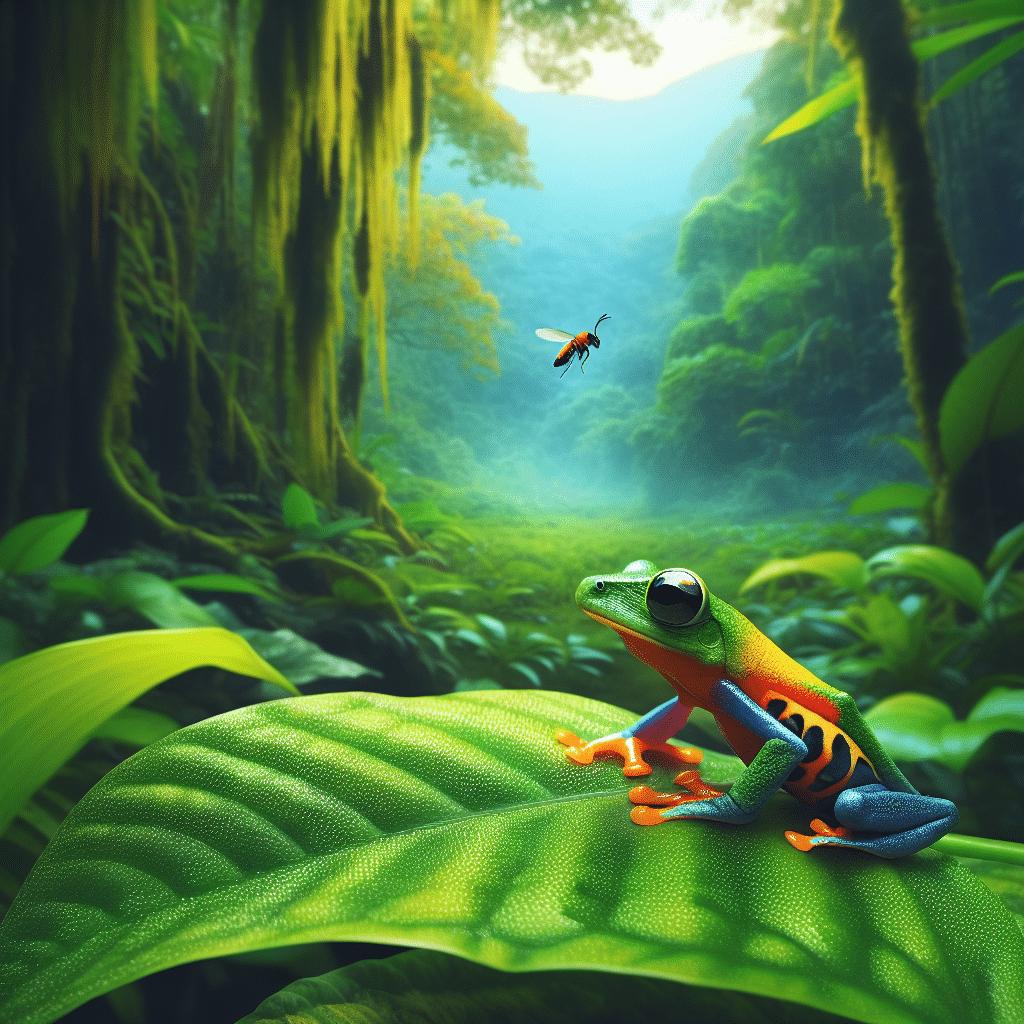
Aquatic Prey
Mosquito Larvae
Mosquito larvae are an aquatic delicacy for tiny frogs. Found near the water’s surface, these larvae are easy pickings for frogs and provide a plentiful food source especially in the breeding season.
Water Beetles
Water beetles also form part of the menu, adding variety to their diet and providing essential fatty acids.
Daphnia and Other Water Fleas
Daphnia, commonly known as water fleas, are tiny crustaceans abundant in freshwater ponds. They’re like a buffet for tiny frogs, who can eat their fill without much effort.
Worms and Soft-Bodied Invertebrates
Earthworms
Earthworms are a power-packed meal, especially after rainfall when they’re more accessible to ground-dwelling frogs. Rich in proteins, they offer a scrumptious feast.
Mealworms
Mealworms might be typically thought of as feeder insects for pets, but in the wild, they’re a natural part of many tiny frogs’ diets.
Slugs and Snails
Slugs and snails, while slower, add a nutritious punch to the diet. They also contain calcium, which is vital for bone health in tiny frogs.
Plant Matter in Tiny Frogs’ Diet
Role of Algae and Moss
Algae and moss may incidentally stick to the insects frogs consume, but they do not actively form a part of their diet.
Occasional Intake of Plant Matter
Tiny frogs may occasionally ingest plant matter, but this is usually accidental. While hunting, bits of vegetation may be consumed together with prey.
Differences in Juvenile and Adult Diets
Younger frogs, or tadpoles, may have plant matter like algae in their diet, but this changes as they mature into carnivorous adults.
Feeding Adaptations
Specialized Tongue Mechanics
Tiny frogs have fascinating tongue mechanics. Their tongues are swift and, most importantly, sticky. This adaptation allows them to catch prey with precision and minimal energy.
Hunting at Night
Many tiny frogs are nocturnal, and their diet depends on their successful hunts at night when their vision and stealth give them an advantage over sleepy prey.
Sit-and-Wait vs. Active Hunting Strategies
Some tiny frogs use a sit-and-wait strategy, remaining motionless until prey comes within reach. Others are more active hunters, leaping and chasing after their next meal.
Environmental Impact on Diet
Seasonal Dietary Changes
The changing seasons affect prey availability. During wet seasons, there’s an abundance, but in dryer times, tiny frogs may have to travel farther and work harder for food.
Impact of Habitat Loss
As their environments are threatened by development and pollution, tiny frogs face the challenge of finding adequate food sources, making them vulnerable to starvation.
Availability of Prey Types
The variety of prey types in an area directly influences the diet of tiny frogs. In biodiverse regions, they thrive, while areas with less insect variety can stunt their growth and reproduction.
Conservation and Diet
Protecting Tiny Frogs’ Prey Sources
Conservation efforts now recognize the importance of safeguarding tiny frogs’ food chains. By protecting insect populations, we’re indirectly ensuring the survival of tiny frog species.
Environmental Conservation Efforts
Wetlands protection, reducing pesticide use, and creating nature reserves are all steps you can take to help maintain healthy ecosystems for tiny frogs.
Role of Diet in Conservation Strategies
Emphasizing the role of diet in conservation strategies helps people understand the interconnectedness of our ecosystems. By protecting the foods tiny frogs eat, we’re taking action to conserve these captivating amphibians for future generations.

